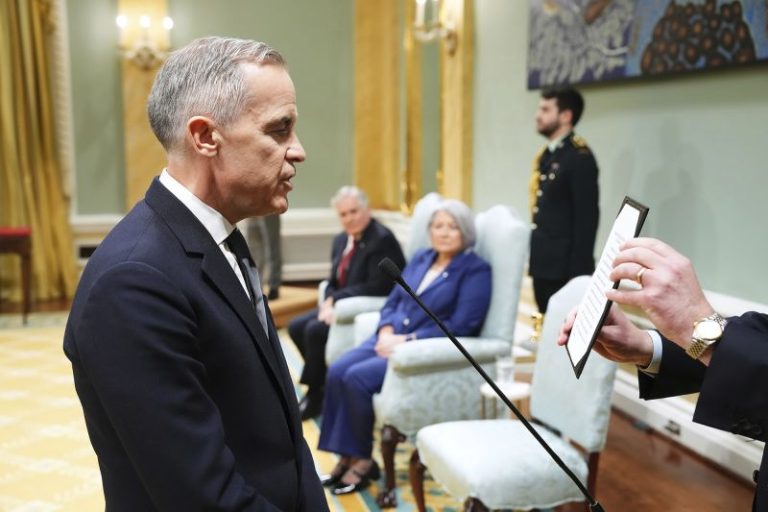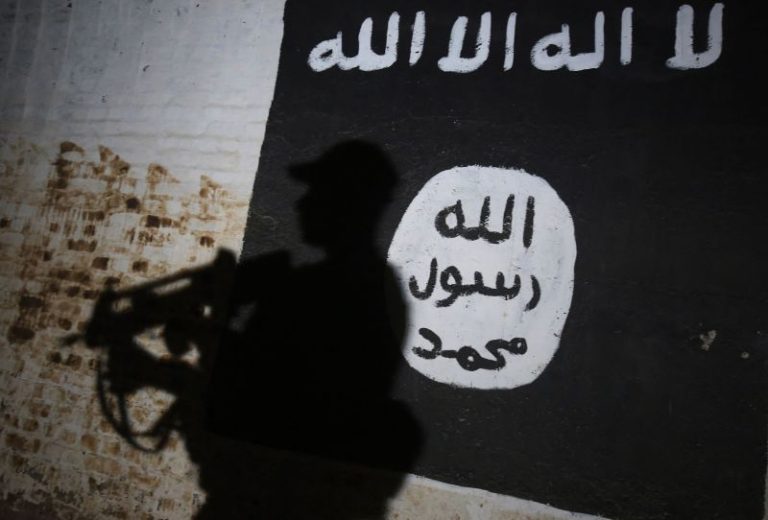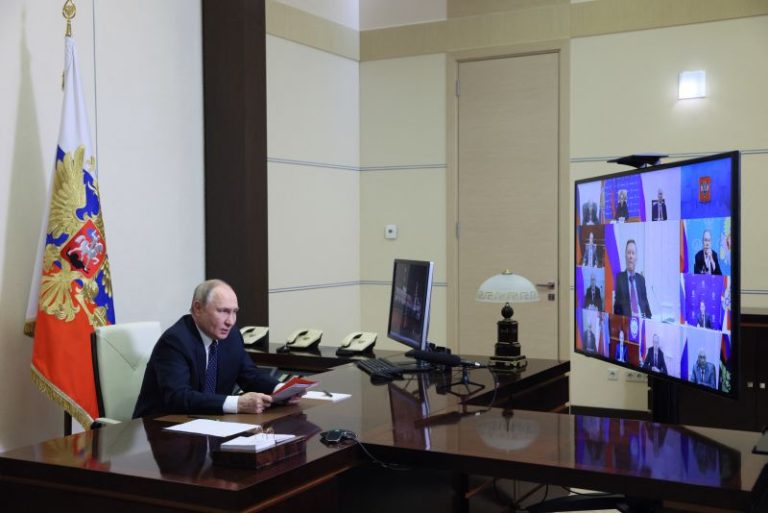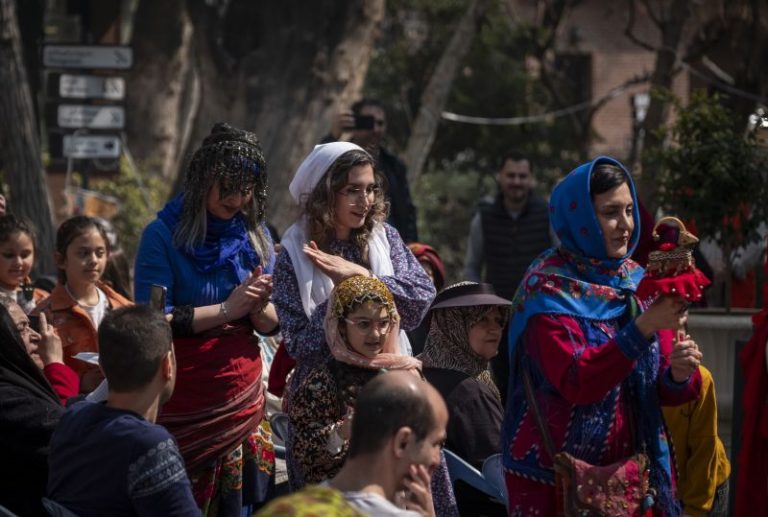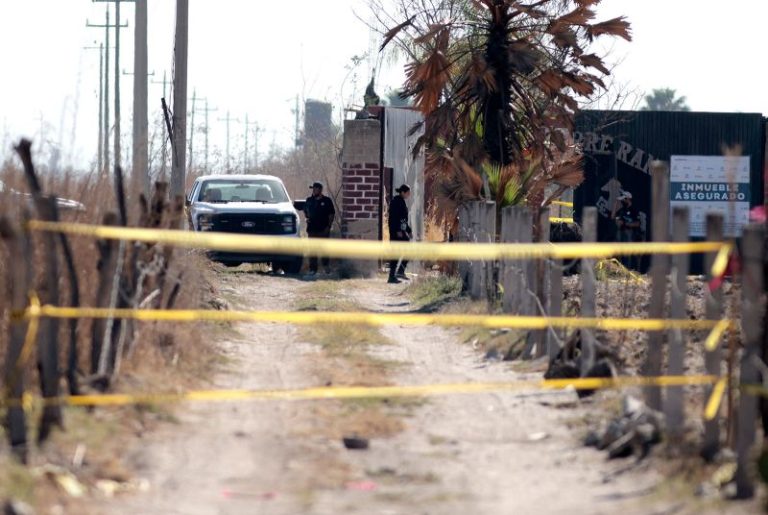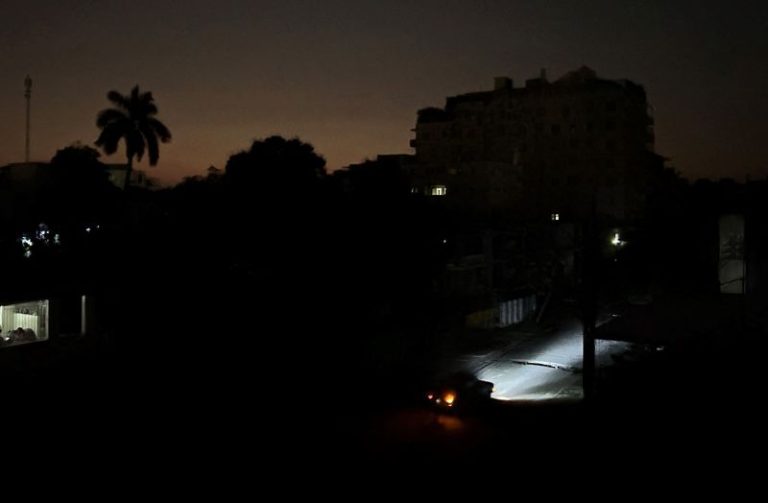Just hours after Islamist rebels ousted longtime Syrian dictator Bashar al-Assad in December, Israeli Prime Minister Benjamin Netanyahu stood at edge of the occupied Golan Heights and looked out over Syria. The historic downfall will create “very important opportunities” for Israel, he said in a video message.
As Syria plunged into chaos after Assad’s fall – its war-ravaged people grappling with an uncertain future and its ethnic and religious minorities wary of the new leadership’s jihadist history – Netanyahu’s government saw an opportunity to advance his quest to reshape the Middle East, one that envisions splitting Syria into smaller autonomous regions.
“A stable Syria can only be a federal Syria that includes different autonomies and respects different ways of life,” Israeli Foreign Minister Gideon Sa’ar told European leaders at a meeting in Brussels last month.
Since Hamas’ October 7 attack and ensuing regional conflicts, Netanyahu has repeatedly boasted about “changing the face of the Middle East” in Israel’s favor. He views the developments in Syria as a direct result of Israel’s actions and is now seizing the opportunity to expand territorial control and establish zones of influence by seeking alliances with minority groups in Syria’s peripheries.
In the days that followed Assad’s ouster, Netanyahu ordered an unprecedented ground push into Syria, driving Israeli forces deeper into the country than ever before and upending Israel’s 50-year tacit détente with the Assads.
The escalation quickly abandoned Netanyahu’s initial pledge to practice “good neighborliness” to the new Syria. Hundreds of airstrikes targeted the remnants of Assad’s military to prevent them from falling into the hands of militant groups, and Israeli forces seized Mount Hermon, Syria’s highest peak, and a strategically vital position overlooking Israel, Lebanon, and Syria. On Monday, Israel targeted radar sites and military command centers in southern Syria, and on Thursday, it targeted Palestinian Islamic Jihad in the Syrian capital Damascus.
Israel’s border with Syria had remained largely unchanged since the 1967 war, when it occupied and later annexed the Golan Heights from Syria in a move rejected by most of the international community but endorsed by US President Donald Trump during his first term. But Israel’s recent actions in Syria have blurred the lines of that border as it takes more territory. Israel has never fully demarcated its borders with its neighbors.
For half a century, Hafez al-Assad and his son, Bashar, ruled Syria ruthlessly, enduring wars, rebellions, and uprisings while stoking sectarian fears to deter calls for change. The younger Assad avoided direct confrontation with Israel but provided its archenemy, Iran, with key supply routes to Tehran’s armed proxy groups, most notably Hezbollah in Lebanon, which fired thousands of rockets at Israel during the Israel-Hamas war.
Syria’s new leader Ahmed al-Sharaa – formerly known by his nom du guerre Abu Mohammed al-Jolani, and once linked to Al-Qaeda – ousted Assad in a Turkish-backed lightning offensive before assuming power in December. Shedding traditional attire and military fatigues, he adopted a suit and tie, repeatedly telling foreign news outlets that he had no interest in confronting Israel.
“He thought he could court Israel in the sense of reassuring it that there would be no violence along its border and no fight with Israel… but Israel is emboldened by the last year-and-a-half, and with the support of the Trump administration is looking for greater ambition,” Natasha Hall, a senior fellow with the Middle East Program at the Center for Strategic and International Studies in Washington DC, said.
Israeli officials now say there will be an Israeli military presence in Syria “indefinitely” and have called for the protection of Syria’s Druze and Kurdish people, significant minorities living in Syria’s south and northeast respectively. The Druze populate three main provinces close to the Israeli-occupied Golan heights in the south of the country.
“Jolani (Sharaa) took off his galabiya (robe), put on a suit, and presented a moderate face – now he has removed the mask and revealed his true identity: a jihadist terrorist from the Al-Qaida school, committing atrocities against the civilian population,” Israeli Defense Minister Israel Katz said last week after forces loyal to Sharaa killed hundreds of members of the Alawite minority in response to an attempt by supporters of Assad to take control of cities near Syria’s Mediterranean coast.
The slaughter, which claimed more than 800 people on both sides, underscored the danger to Sharaa’s fragile regime as regional players intensify efforts to forge alliances with different communities within Syria.
If Israel succeeds in creating a demilitarized zone in Syria with the backing of local Druze residents, it will bring large parts of the country’s south under Israeli influence, representing Israel’s most significant territorial control in Syria since its founding.
If that changes, “all hell can break loose,” he added.
In recent weeks, Sharaa has taken a harsher stance on Israel’s moves, condemning its advances as “hostile expansionism” while moving to reconcile with the very minorities Israel has courted.
A day after the bloody violence on the coast over the weekend, Sharaa signed a landmark agreement with Kurdish-led forces to integrate them into state institutions, and is reportedly close to signing a similar deal with the Druze in southern Syria.
Carmit Valensi, a senior researcher at the Institute for National Security Studies (INSS) in Tel Aviv, said that Israel’s actions are driven by its concern that Syria’s unrest and instability will spill over into its territory.
As Netanyahu seeks to expand Israel’s influence in Syria, he has singled out Syria’s Druze for protection, seeking to ally with a religious minority that could become disenfranchised by Syria’s new Islamist rulers.
Netanyahu and Katz instructed the Israeli military earlier this month to “prepare to defend” the Druze in Syria and said that Israel “will not allow the extremist Islamic regime in Syria to harm” the group. Syrian Druze may also be allowed to work in the Israeli-occupied Golan Heights.
The Druze, an ethnic Arab group following an offshoot of Islam, also have a significant presence in Israel and the Golan Heights. Although most Golan Druze identify as Syrian Arabs and reject the Israeli state, some have accepted Israeli citizenship. In Israel, Druze citizens are required to serve in the military – unlike their Muslim and Christian Arab compatriots.
Many members of the Syrian Druze community have rejected Netanyahu’s offer for support since the fall of Assad. Crowds took to the streets of Suwayda, a Druze majority Syrian city, to protest his call to demilitarize southern Syria and regional leaders representing the group accused Israel of expansionary goals.
Walid Jumblatt, a Lebanese Druze leader who is widely respected by Druze outside Lebanon, warned about Israel’s ambitions last week.
“Israel wants to use tribes, sects and religions for its own benefit. It wants to fragment the region,” he told a news conference in Beirut Sunday. The Druze “should be careful,” he added.
The group “barely registers on a scale of relevance,” Lister said. “There is a very, very small faction in Suwayda that appear to be hinting at the idea that they would be open to some kind of external protection.”
Israel also sees Syria’s Kurds as a potential ally and has called for them to be protected against a Turkish military campaign. Turkey blames Syria’s Kurdish militants of being linked the Kurdistan Workers Party (PKK), a militant separatist group in Turkey.
“The problem with creating alliances with non-Sunni Muslim minorities or non-Arab minorities is that most Syrians actually want to have unity, so I think Israel will continue try to create tension… because Israel was so outward in its ambitions that it has had an opposite effect and created a moment of unity amongst Syrians,” Hall said.
While Israel’s moves in Syria may have been the most visible, it is not the only regional or global player that has sought to expand its influence there.
Turkey, which had long opposed the Assad regime and pushed for his ouster, plans to sign a defense pact with Sharaa that could see the deployment of fighter jets in two bases in central Syria.
“Turkey does have plans with Damascus’ permission to occupy at least two major airbases in central Syria, deploy fighter jets into Syria in order to exert some semblance of Syrian sovereignty,” Lister said. “Of course that is directed at Israel.”
Saudi Arabia, where al-Sharaa was born and spent his early years, deployed a royal jet last month to transport him to Riyadh for meetings with Crown Prince Mohammed bin Salman, a bold gesture that underscored the kingdom’s intent to reassert its dominance in the region while signaling the decline of Iran’s once-formidable sway over Syria.
“If any other force in Syria today believes that Israel will permit other hostile forces to use Syria as a base of operations against us, they are gravely mistaken,” Netanyahu said in a news conference with US Secretary of State Marco Rubio last month.
“Israel will act to prevent any threat from emerging near our border in southwest Syria.”
This post appeared first on cnn.com


